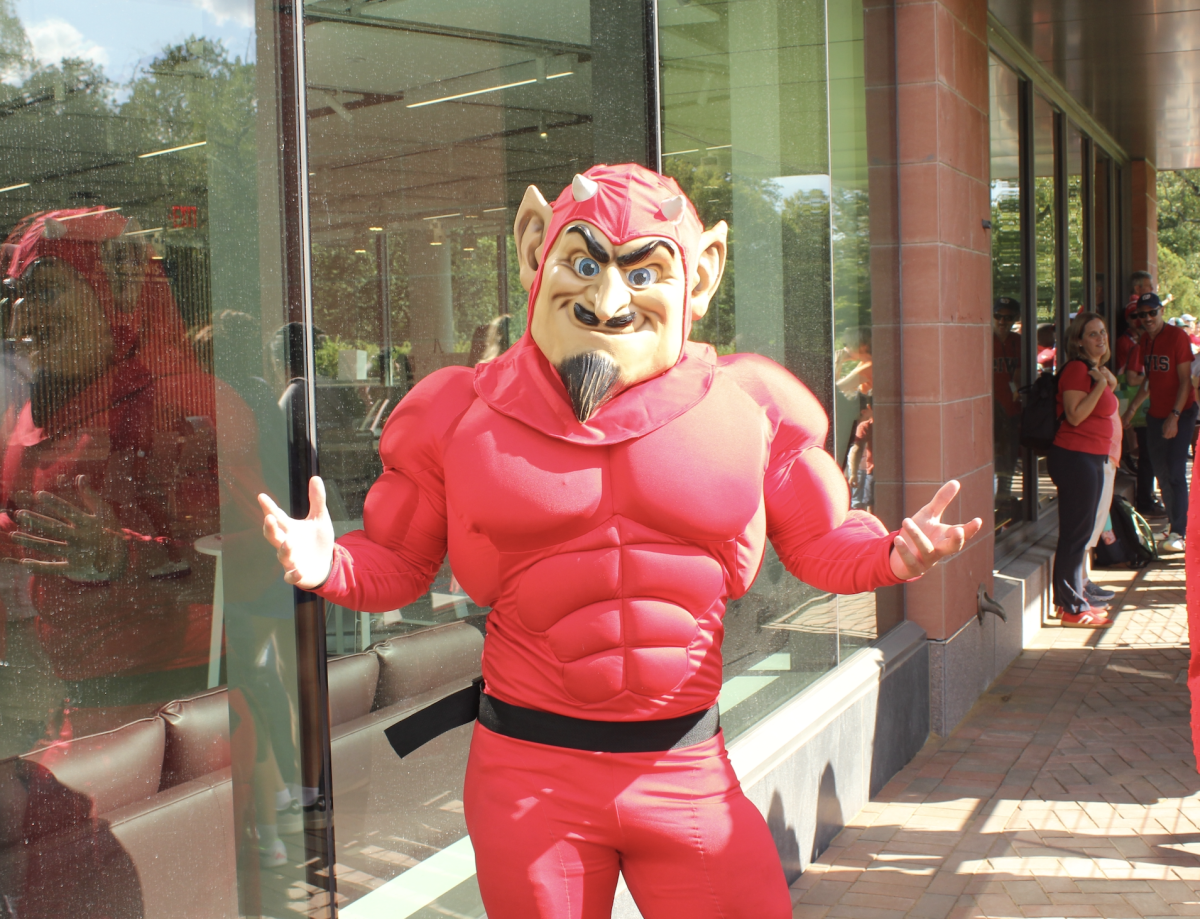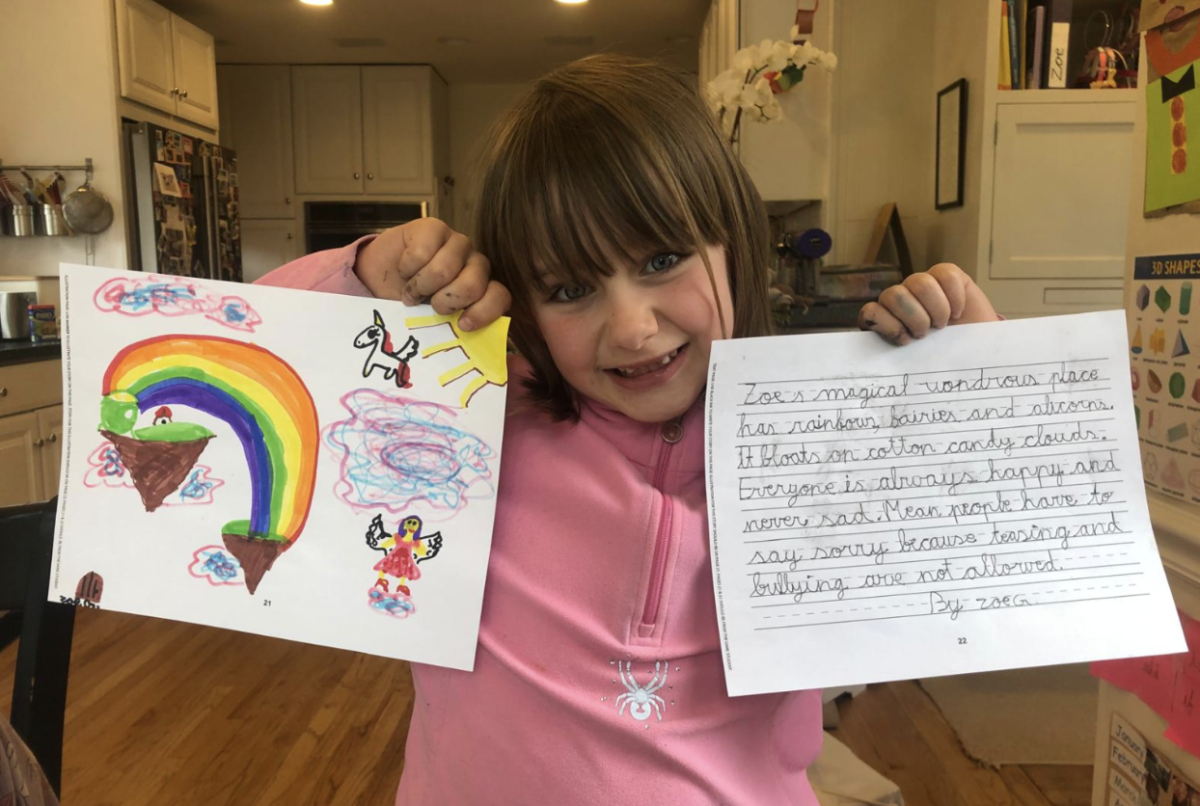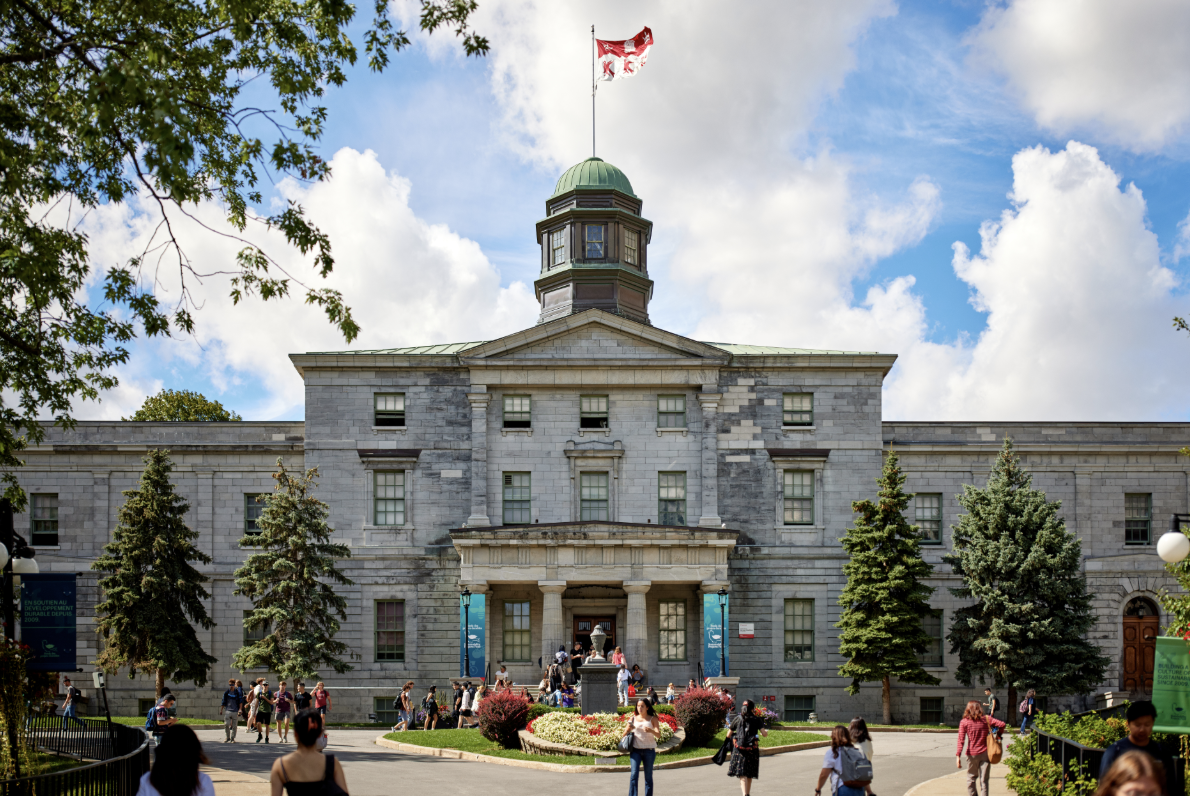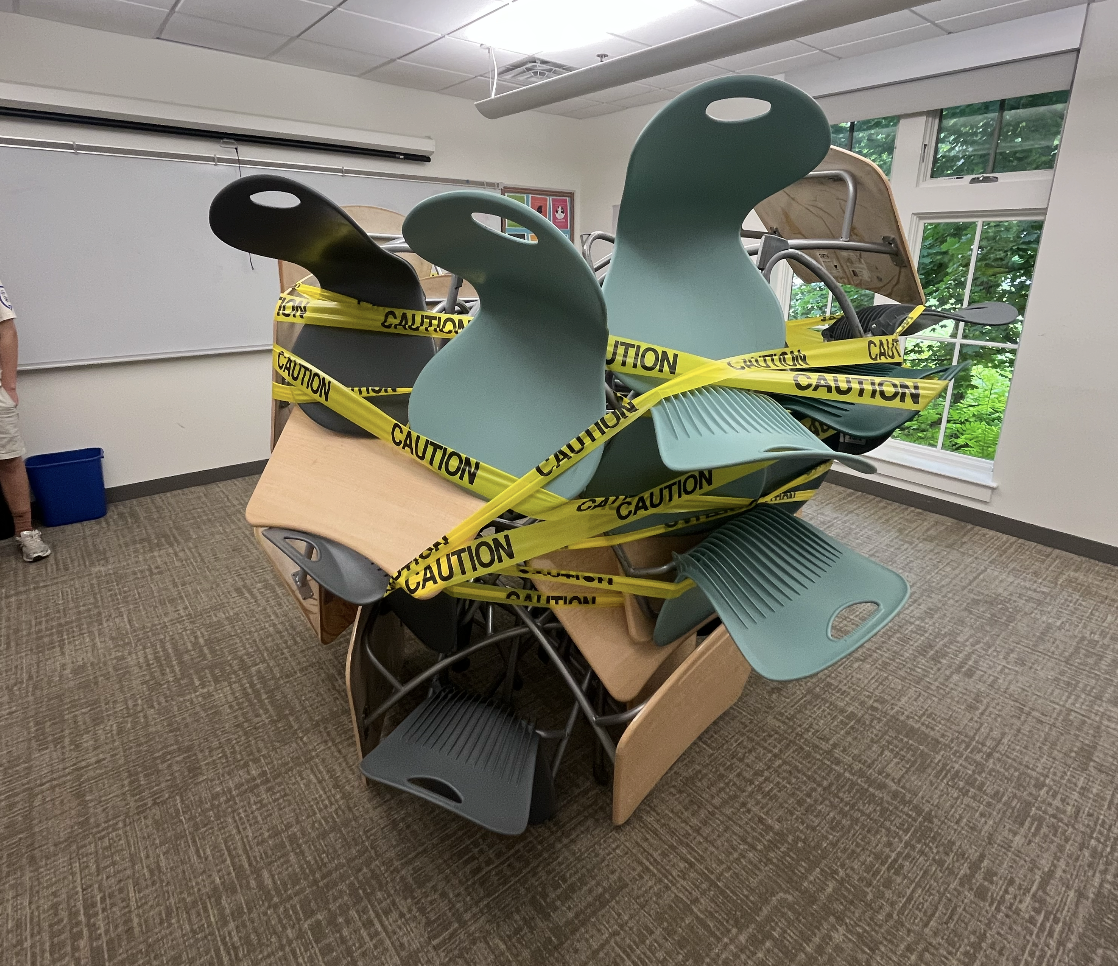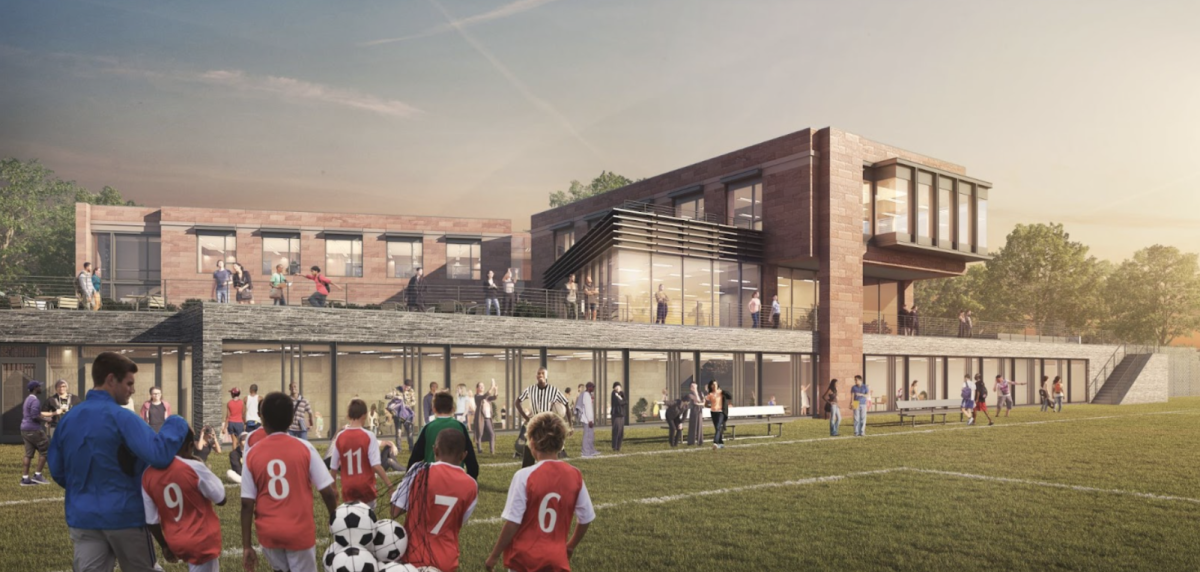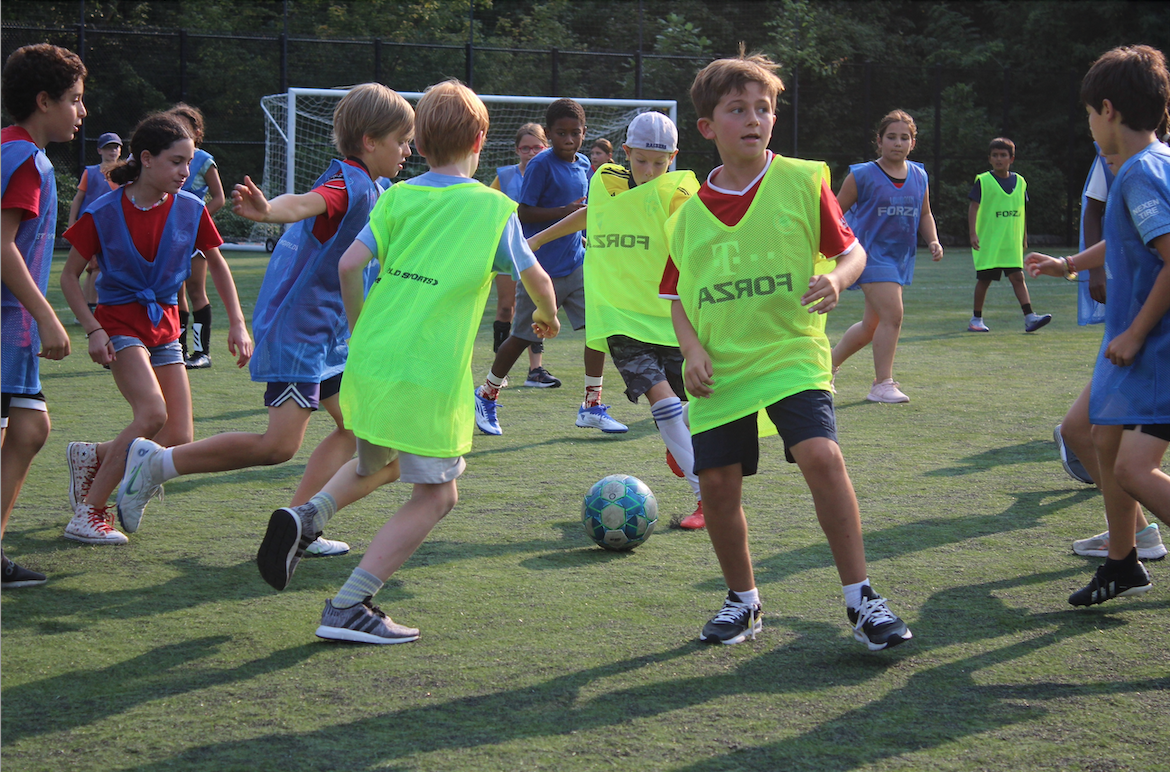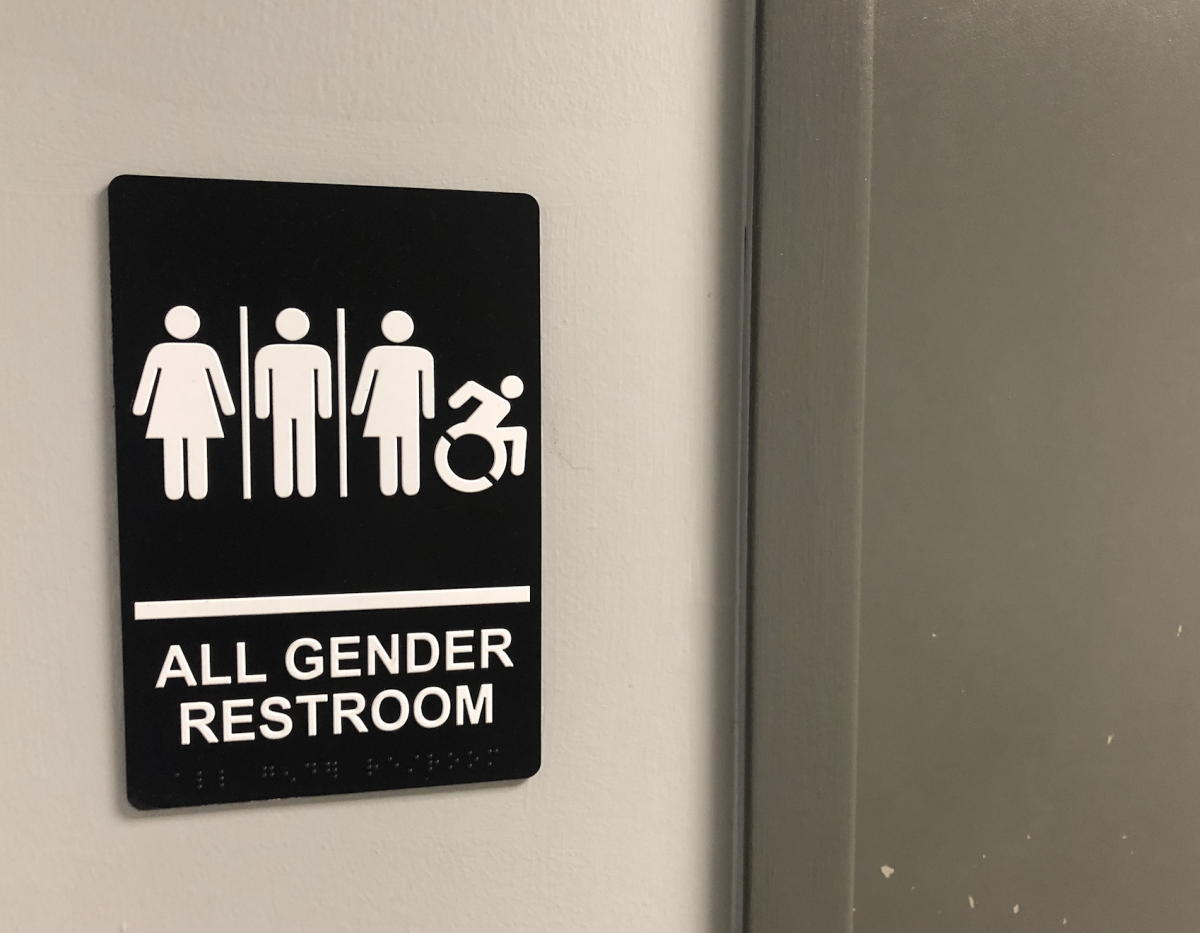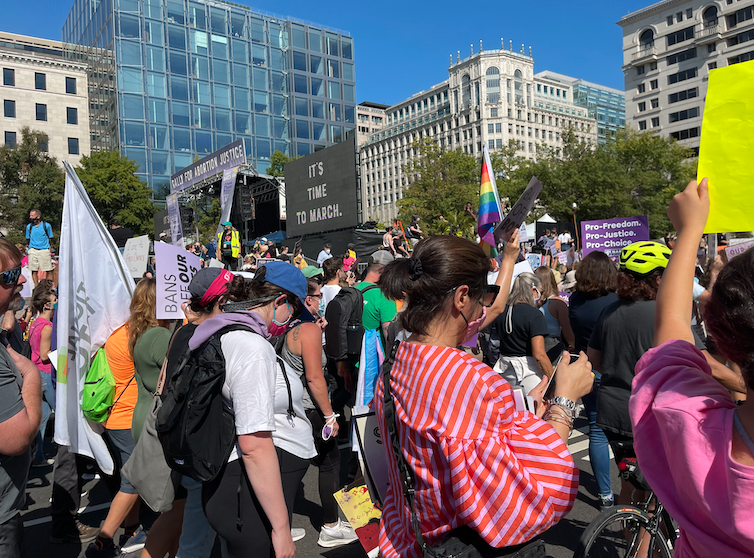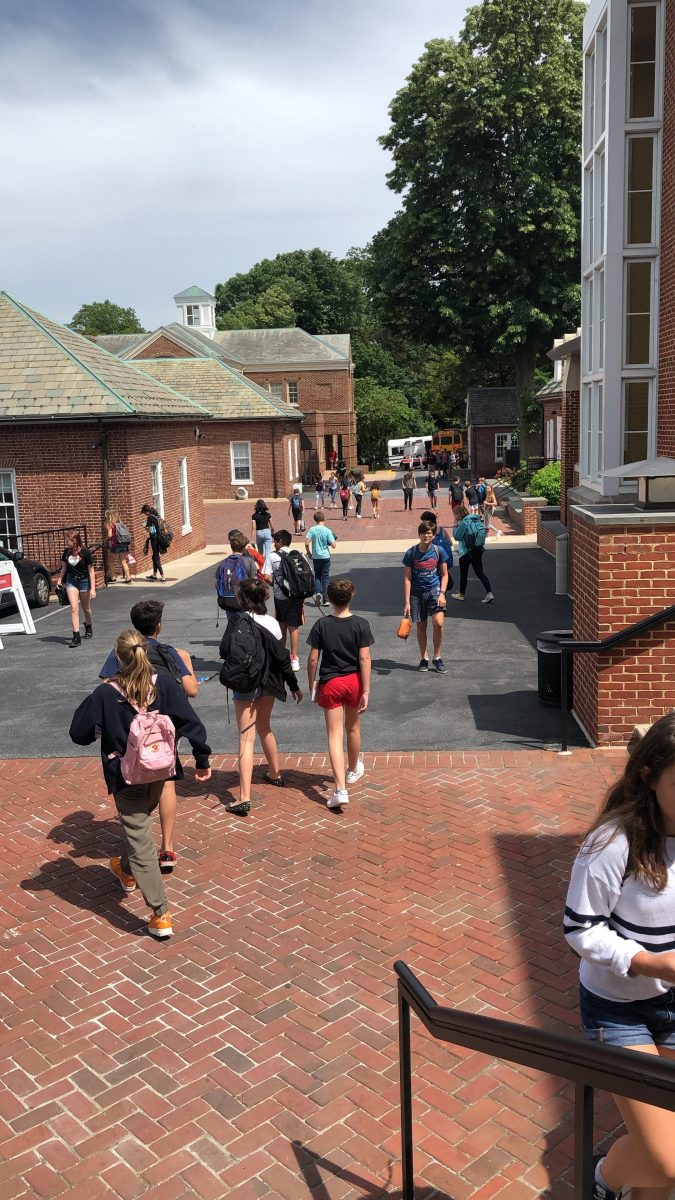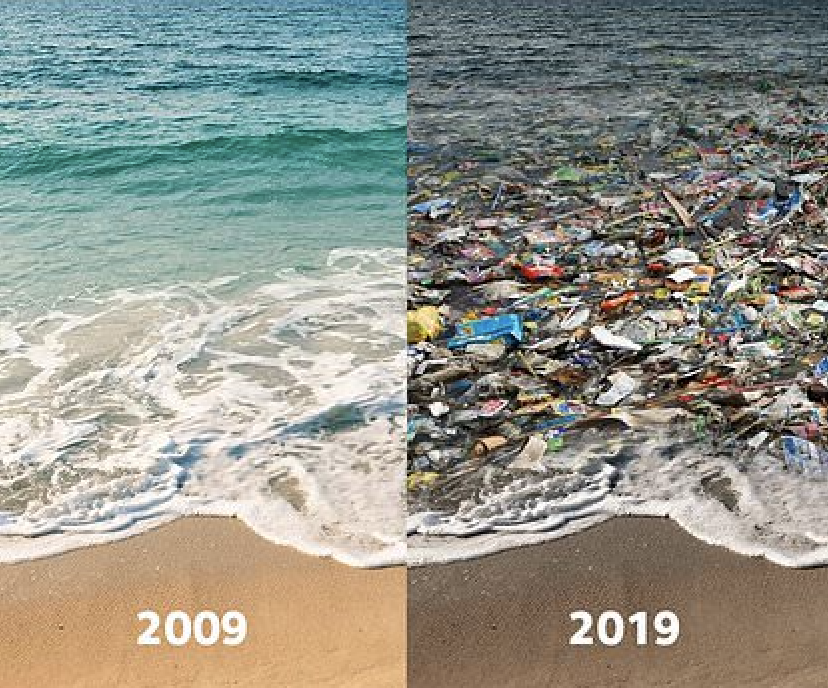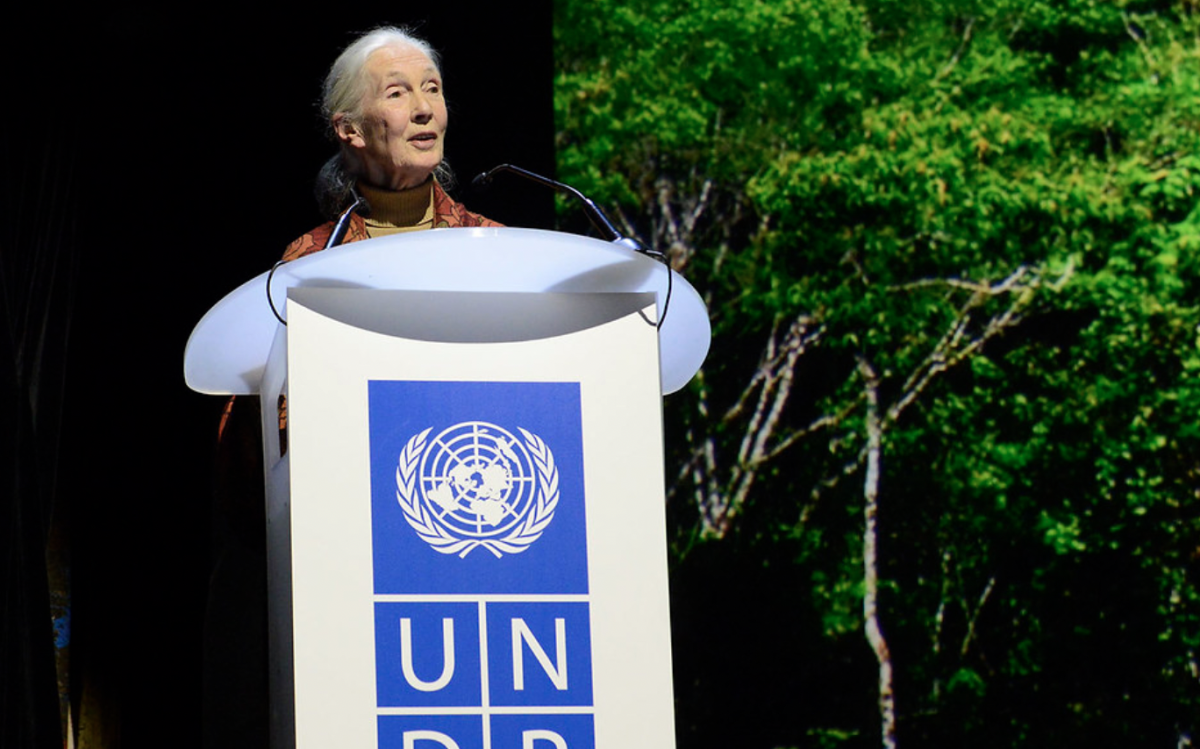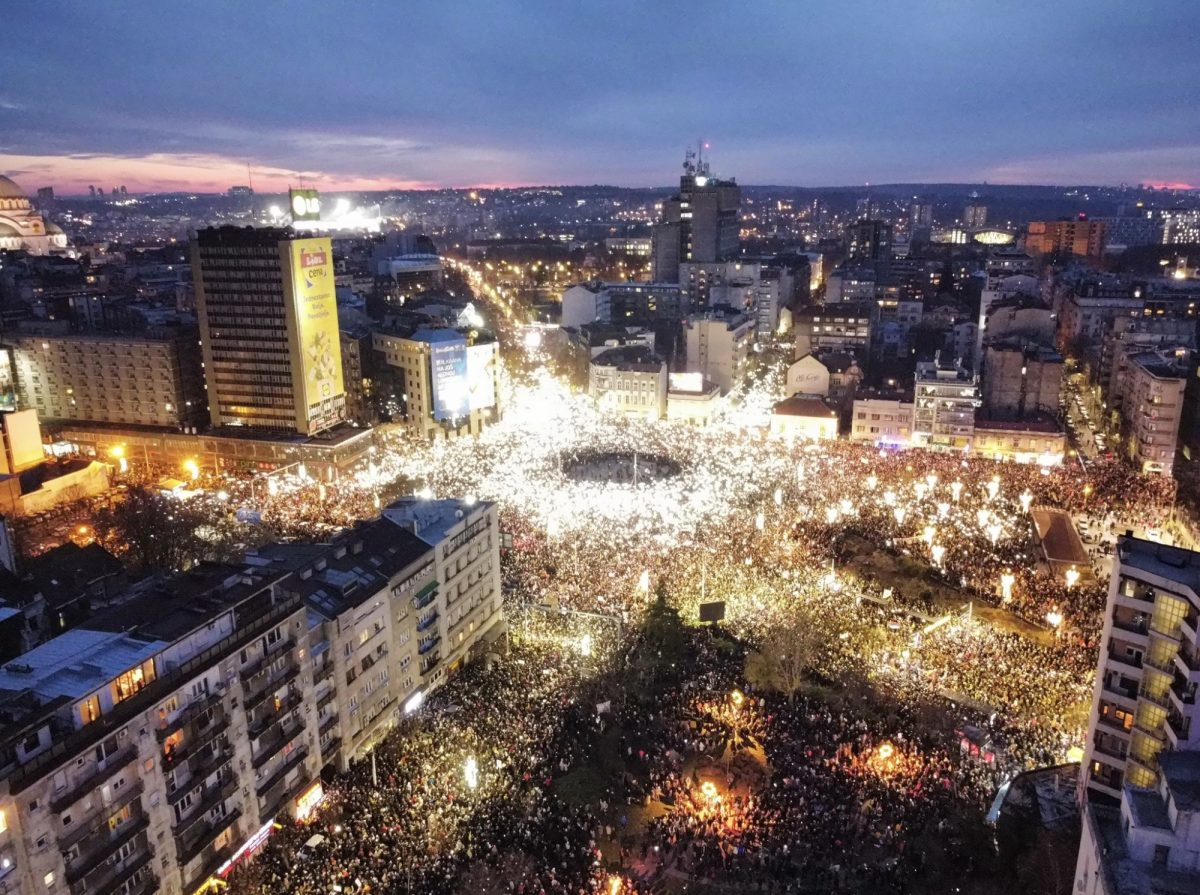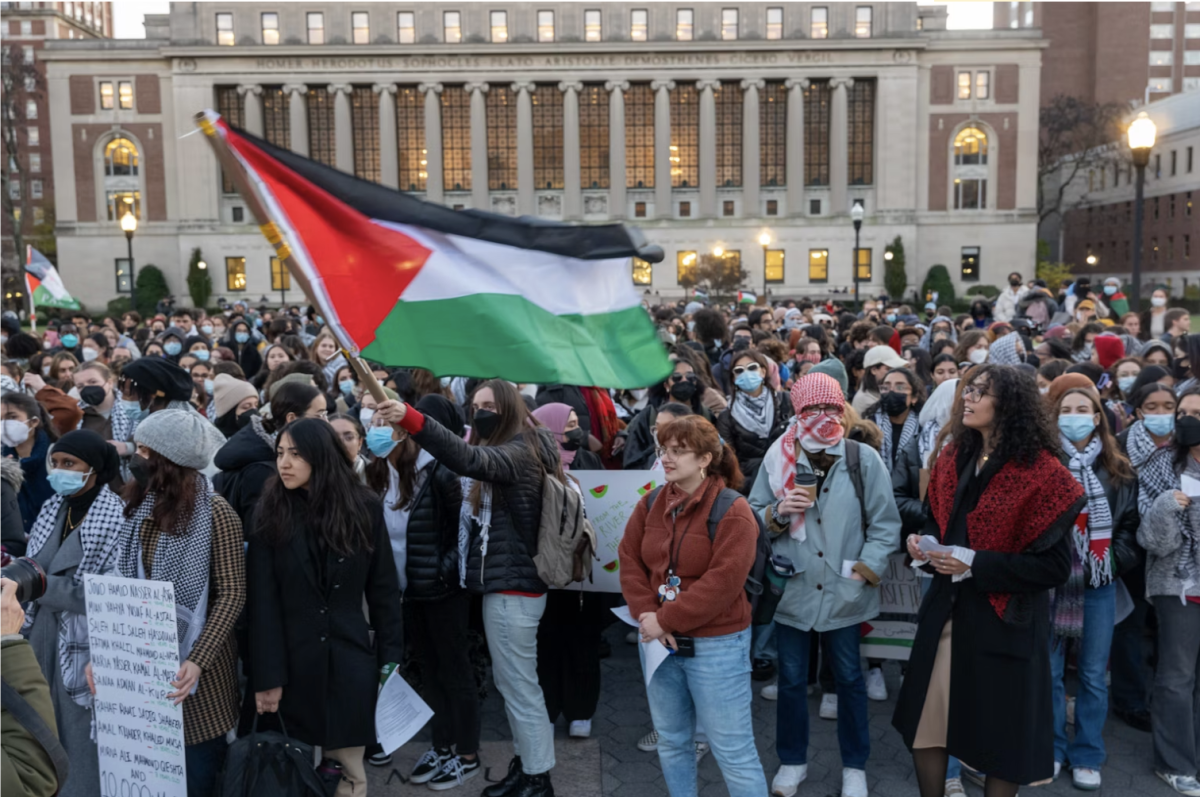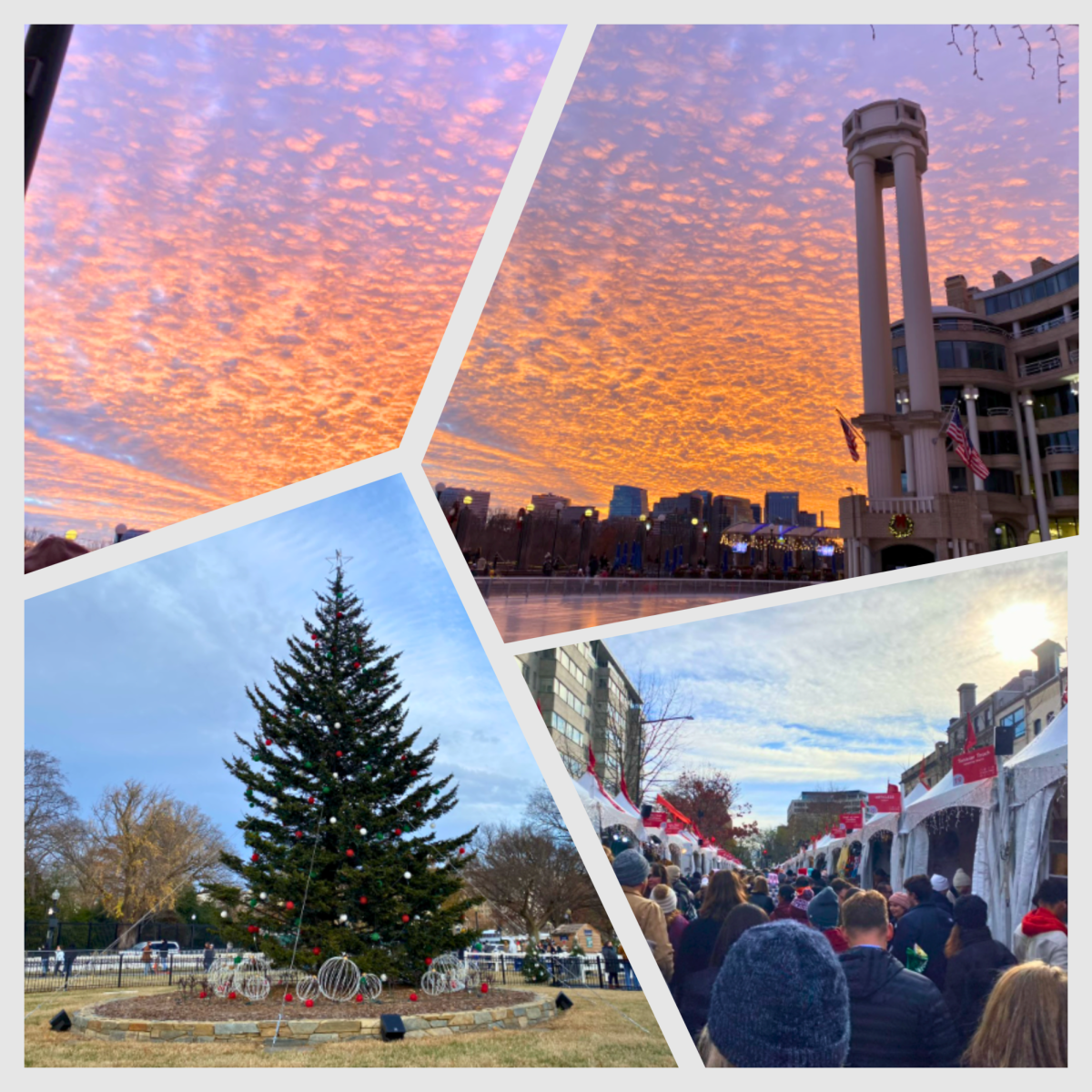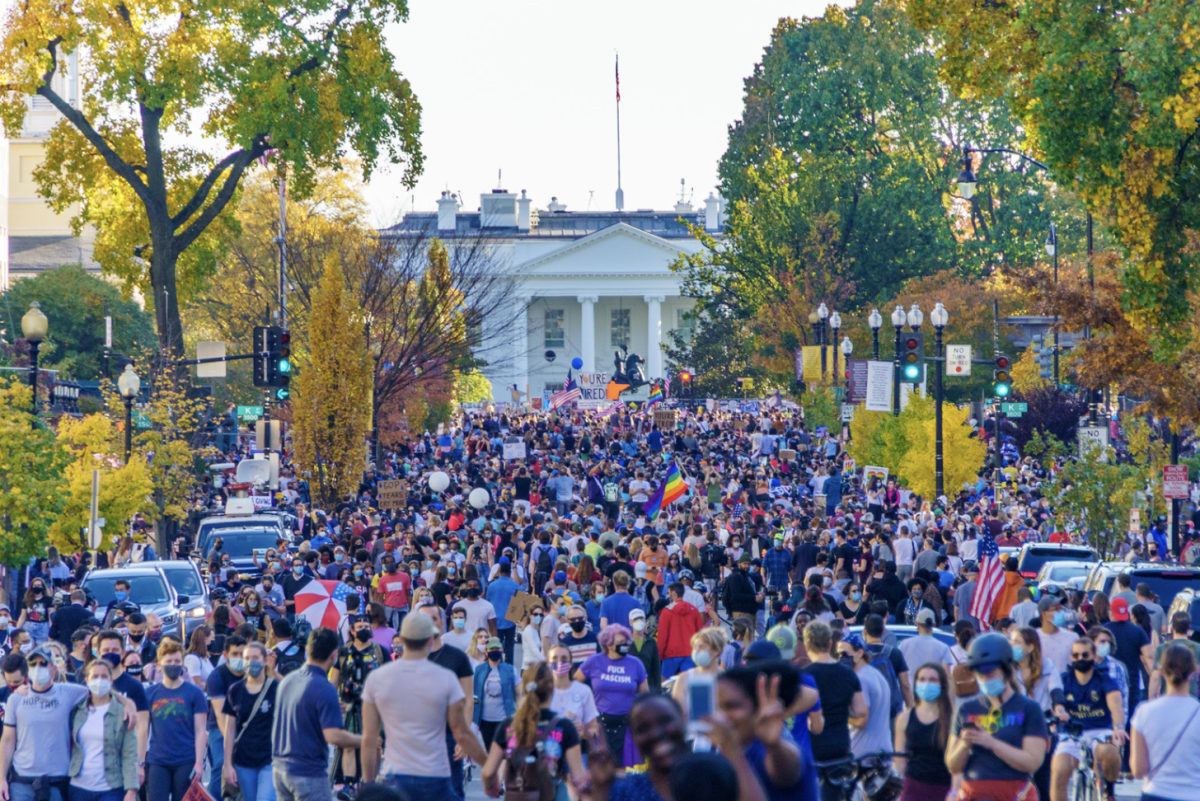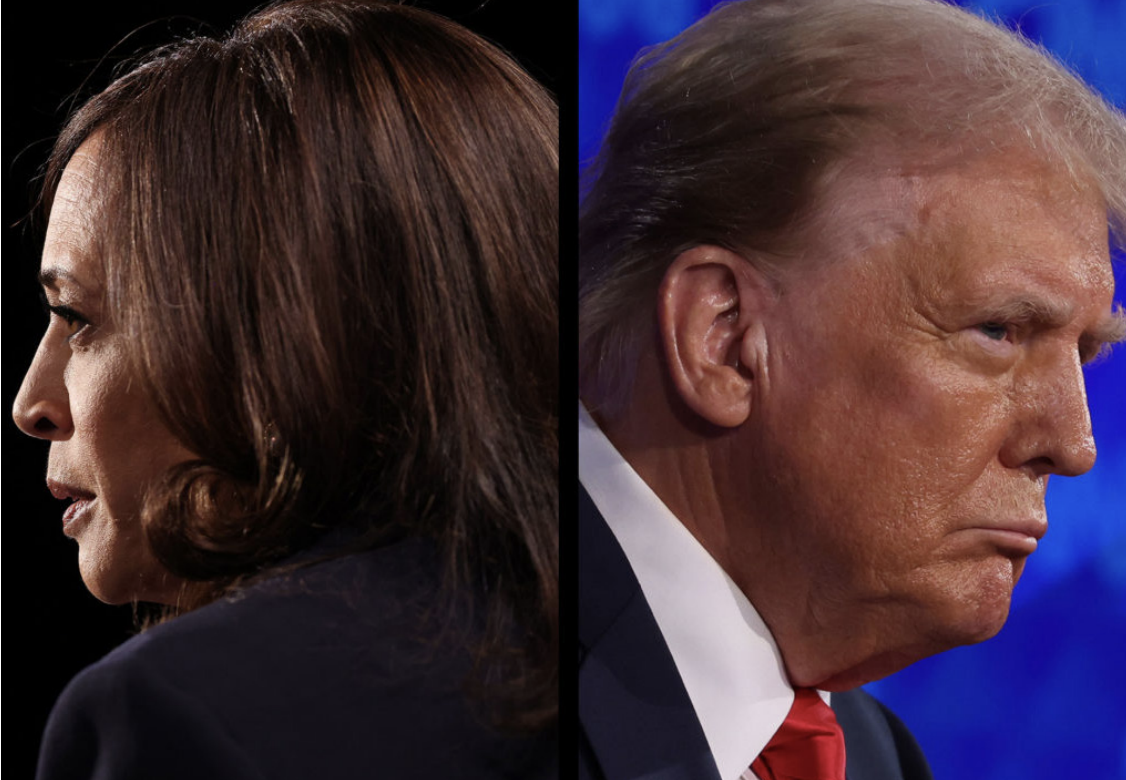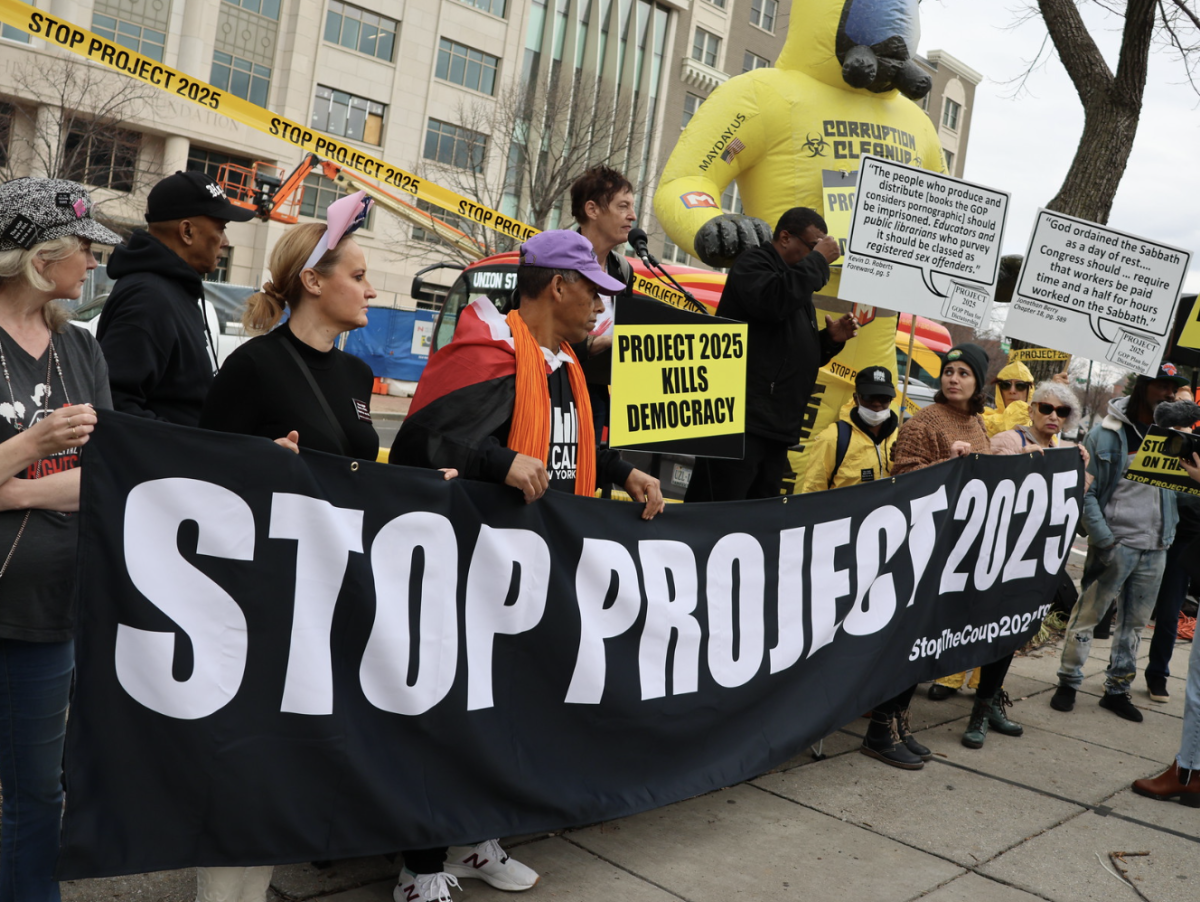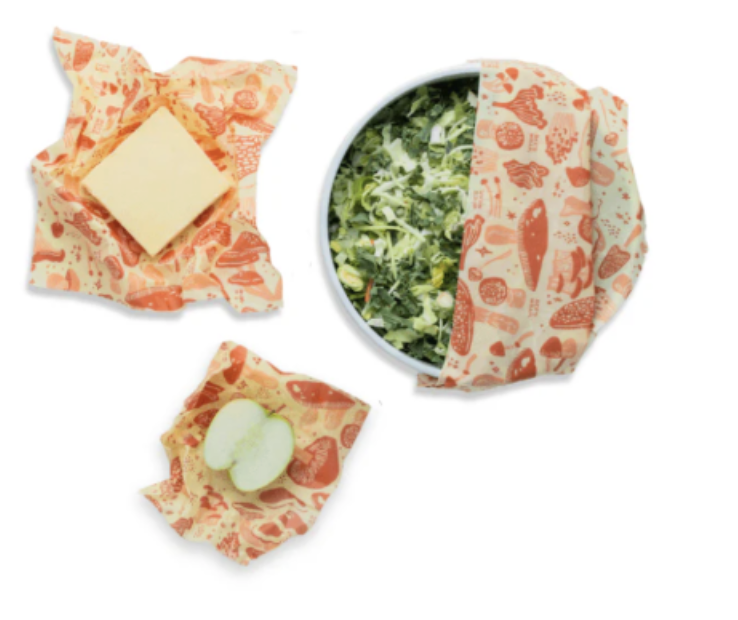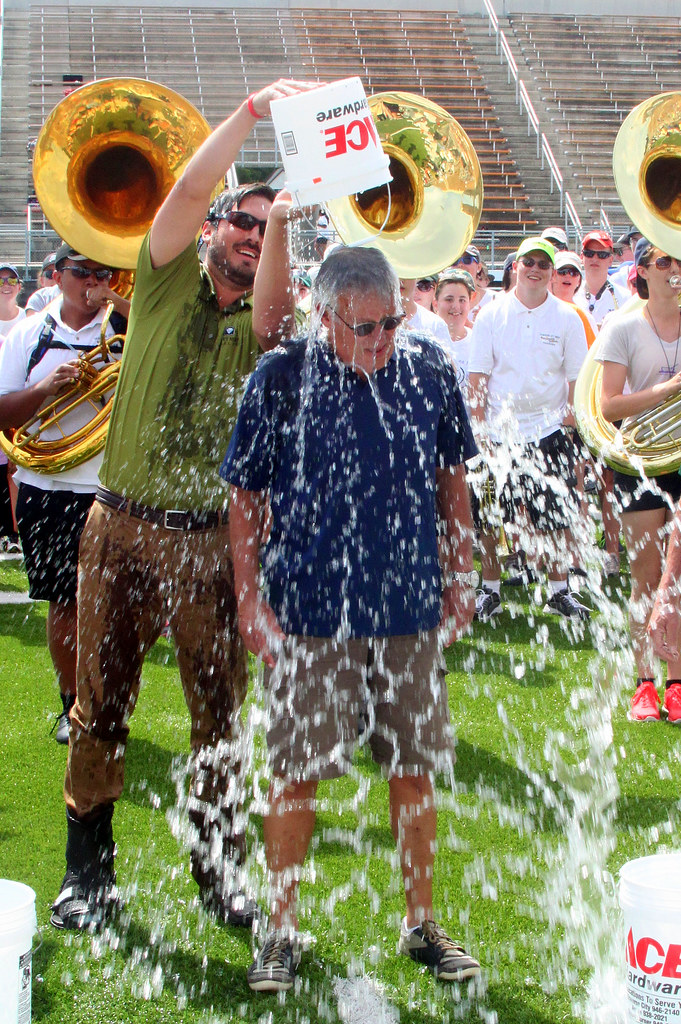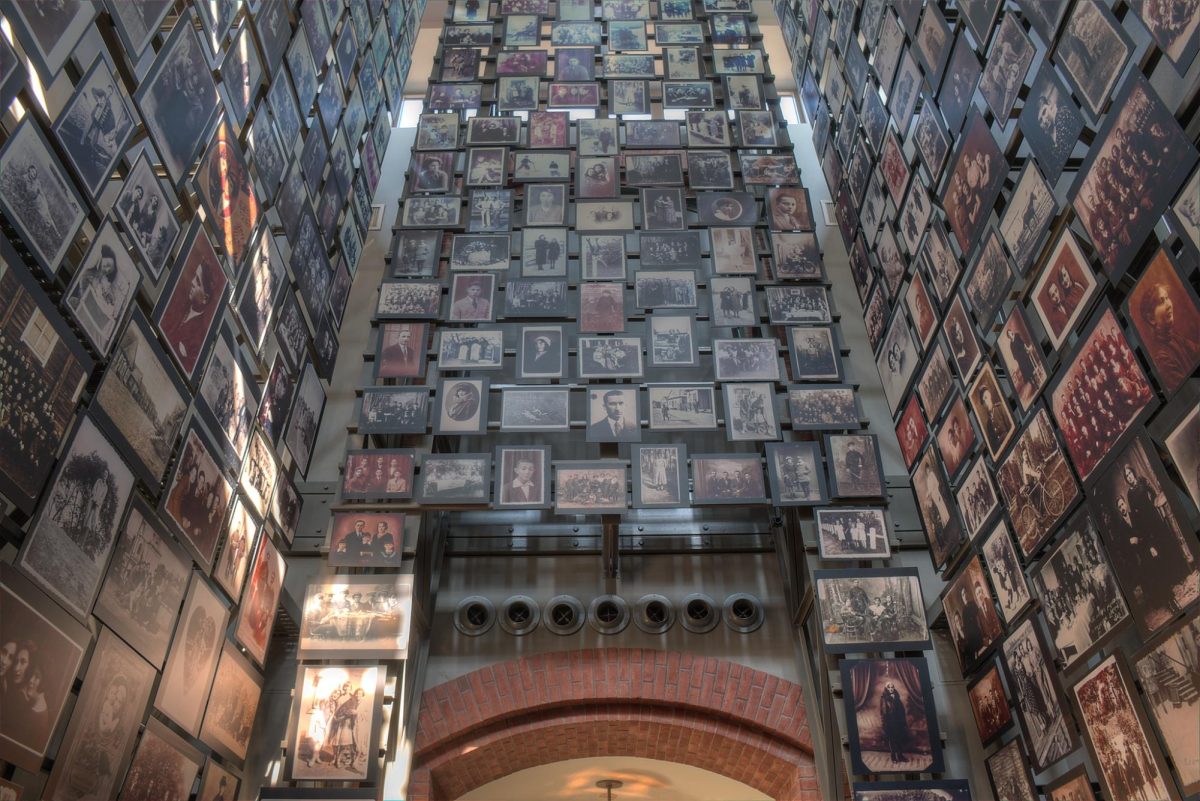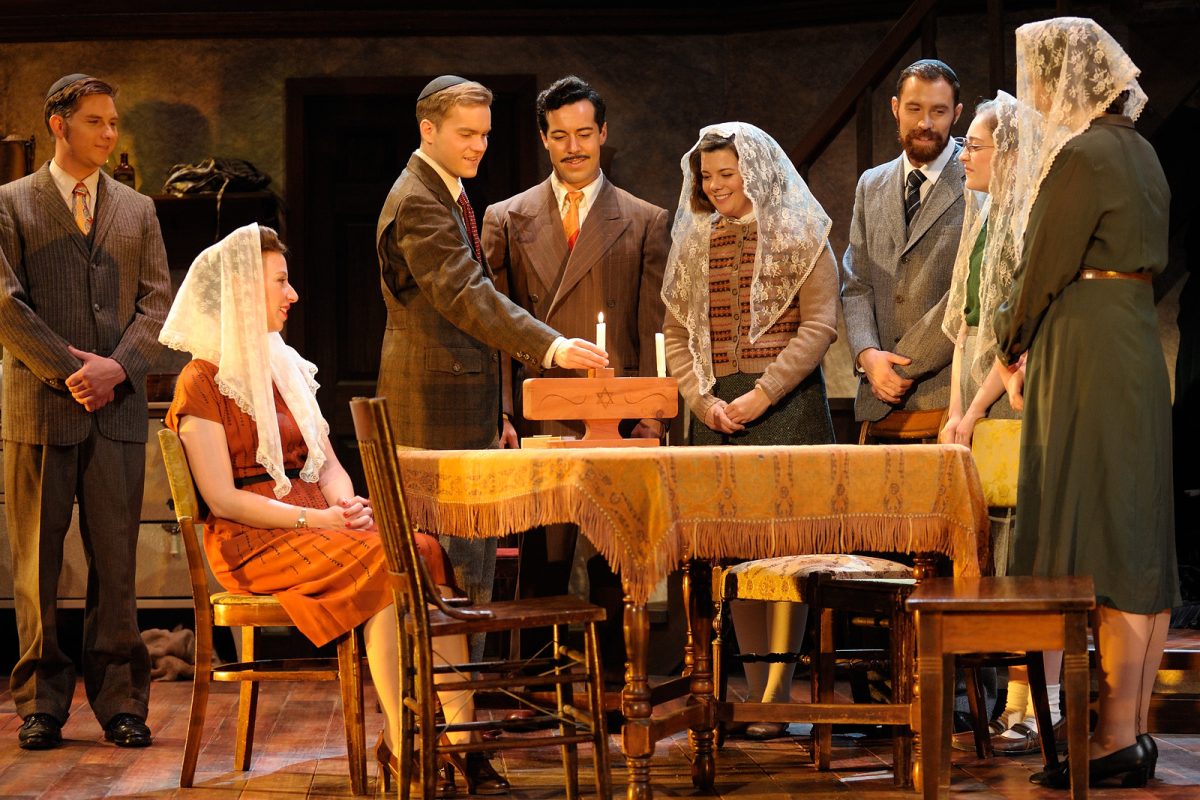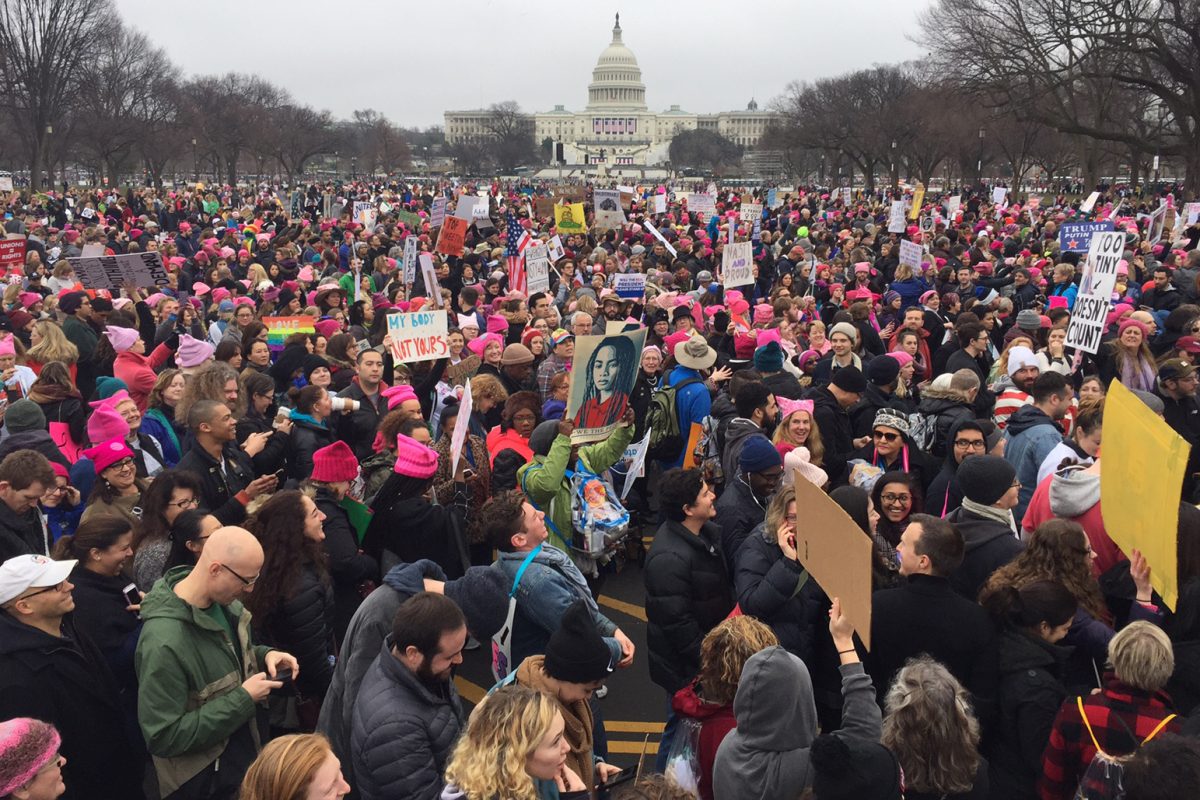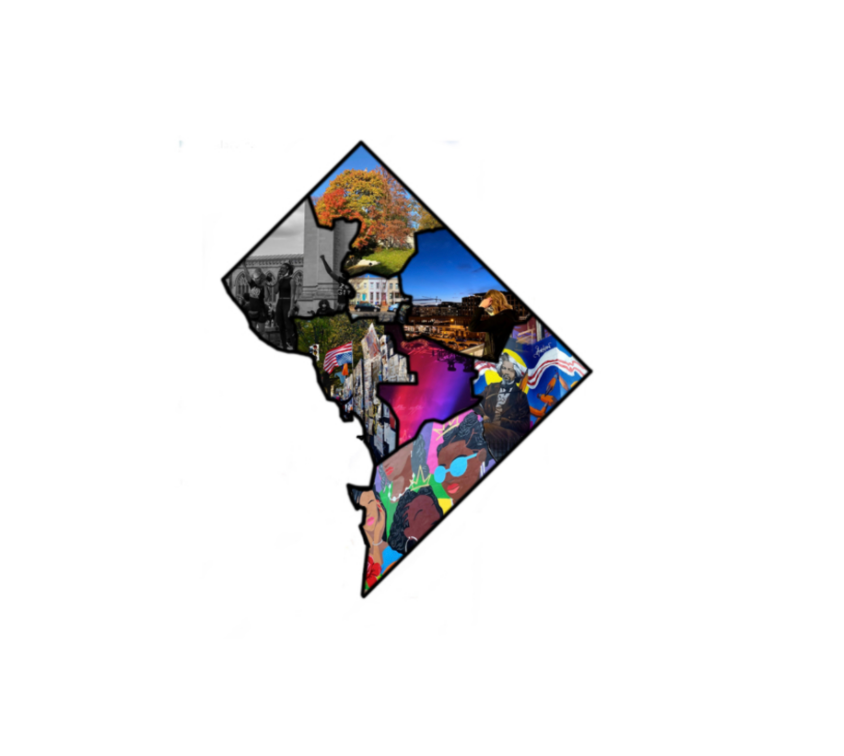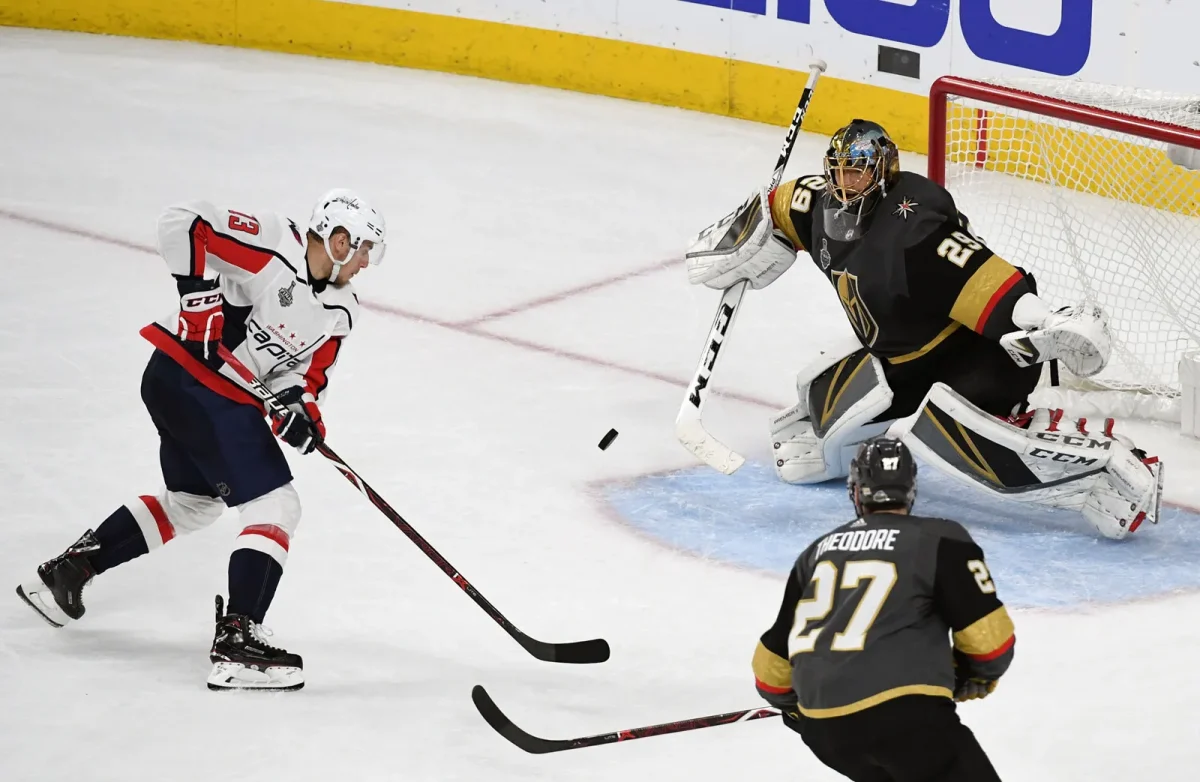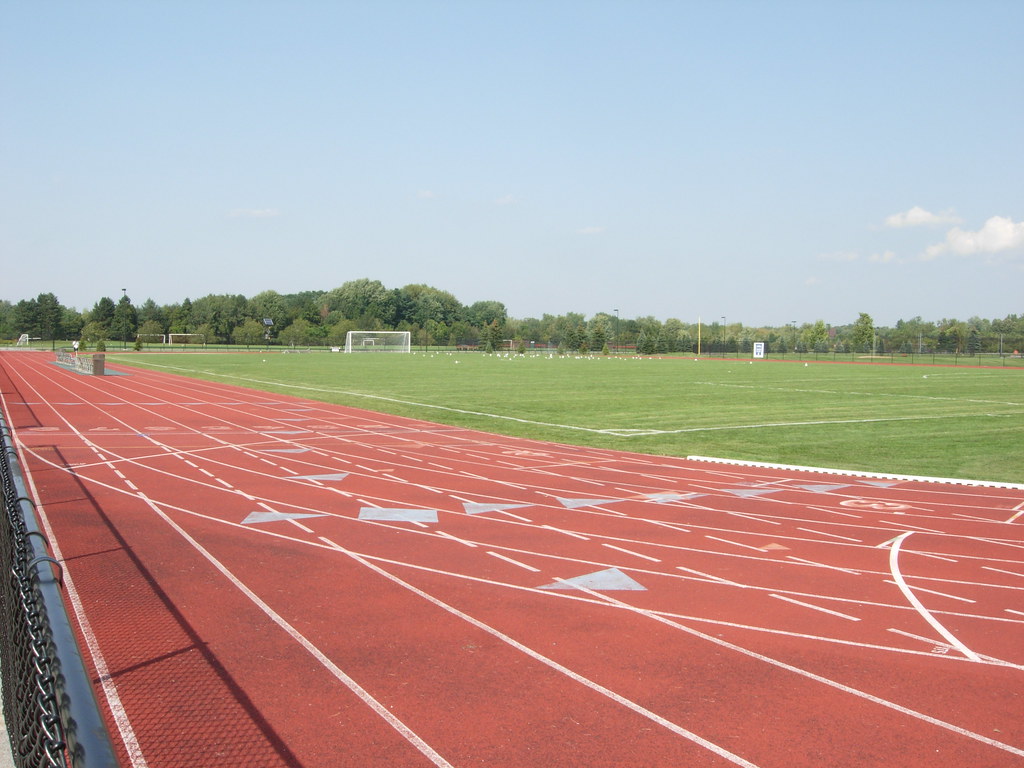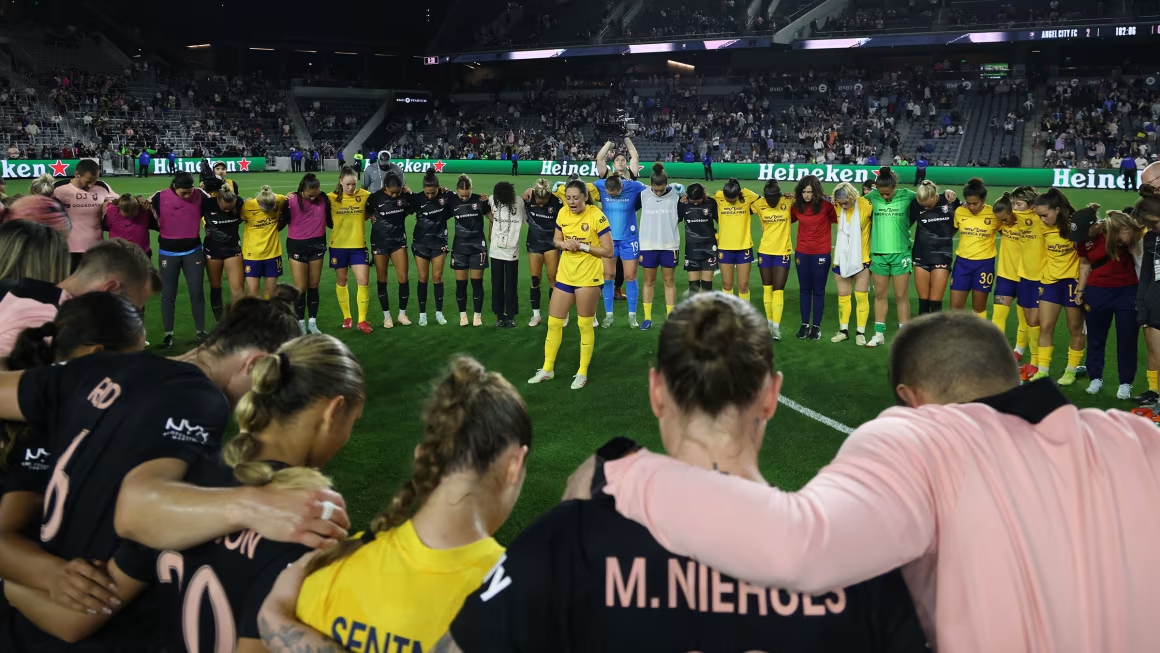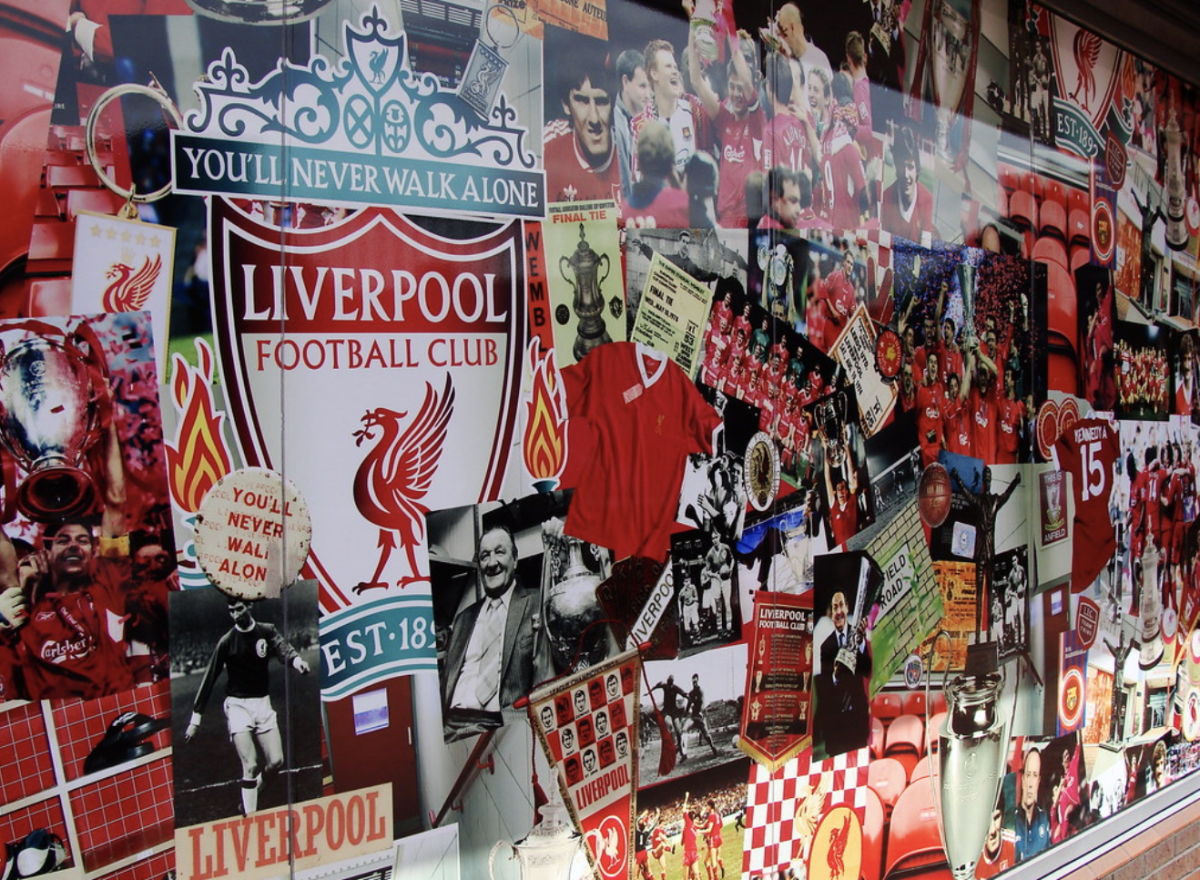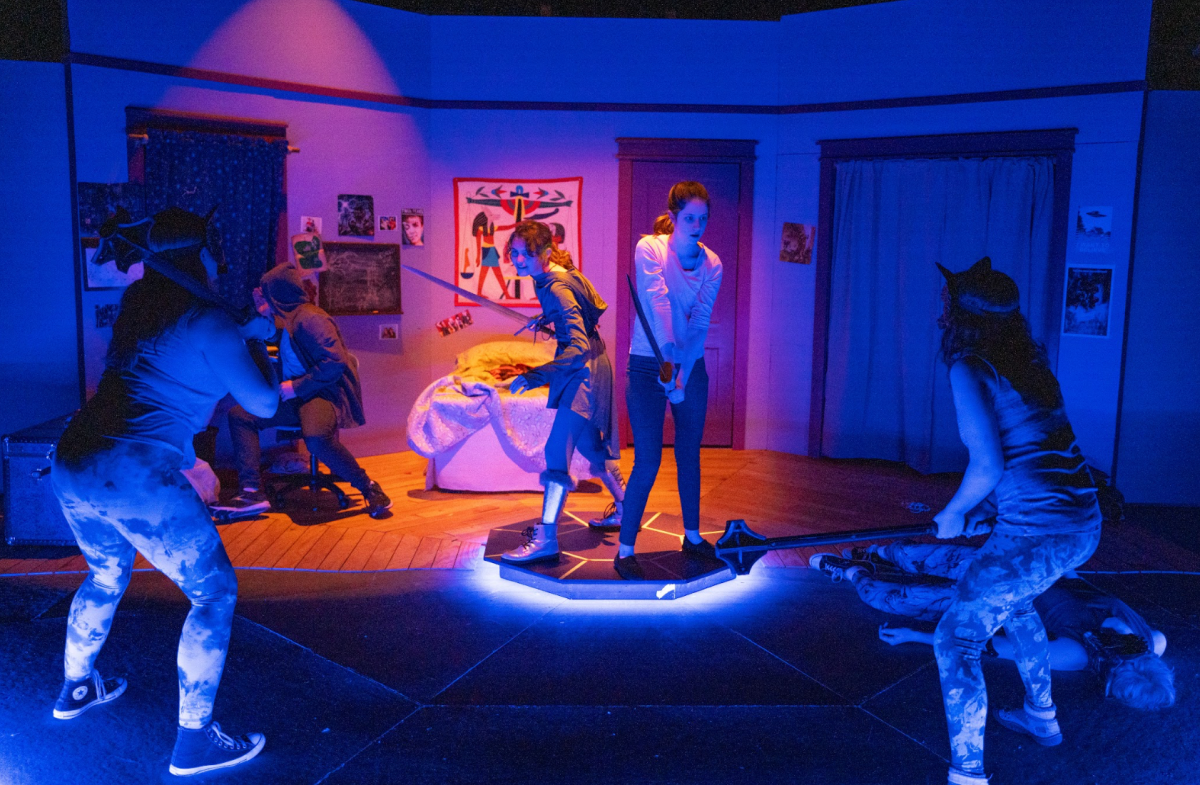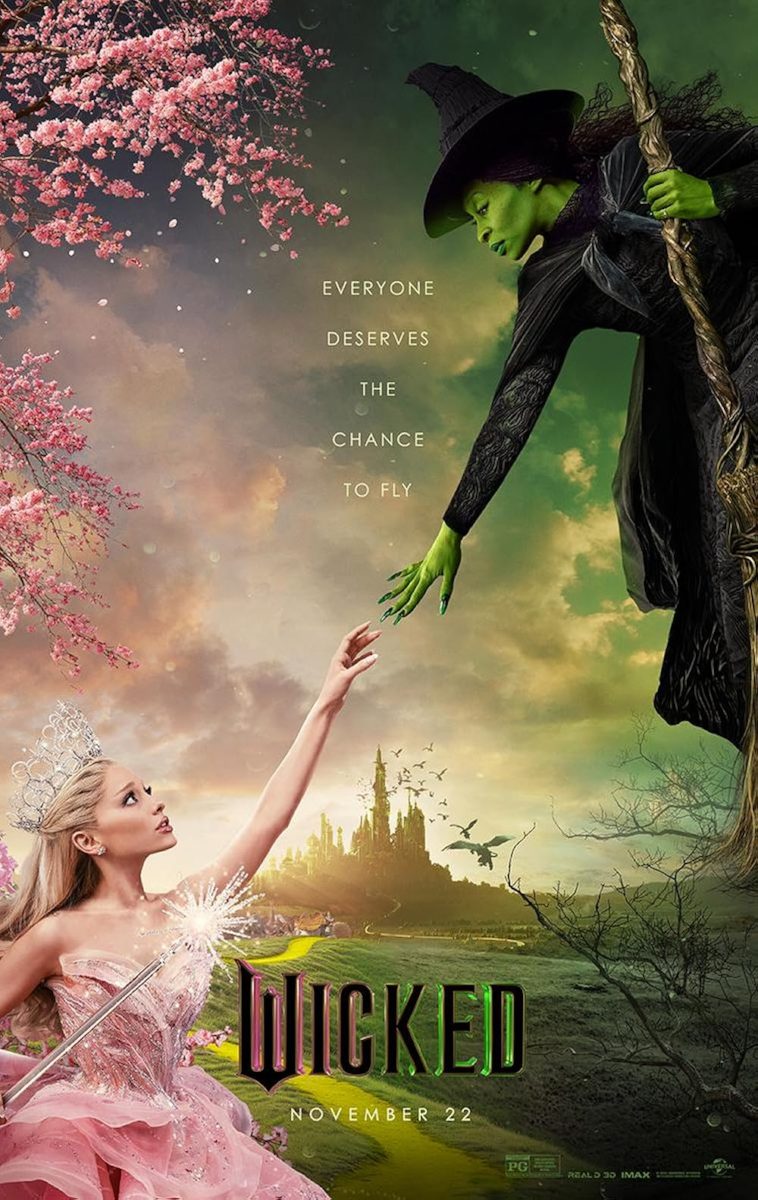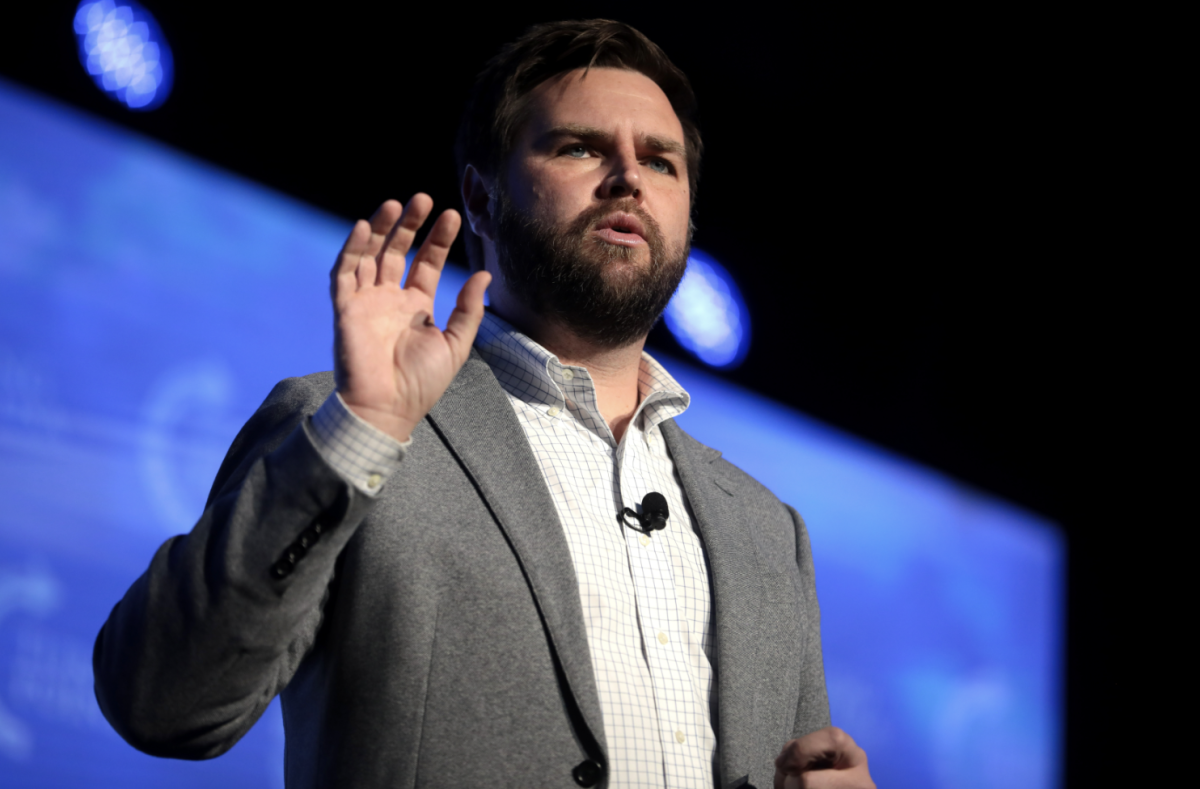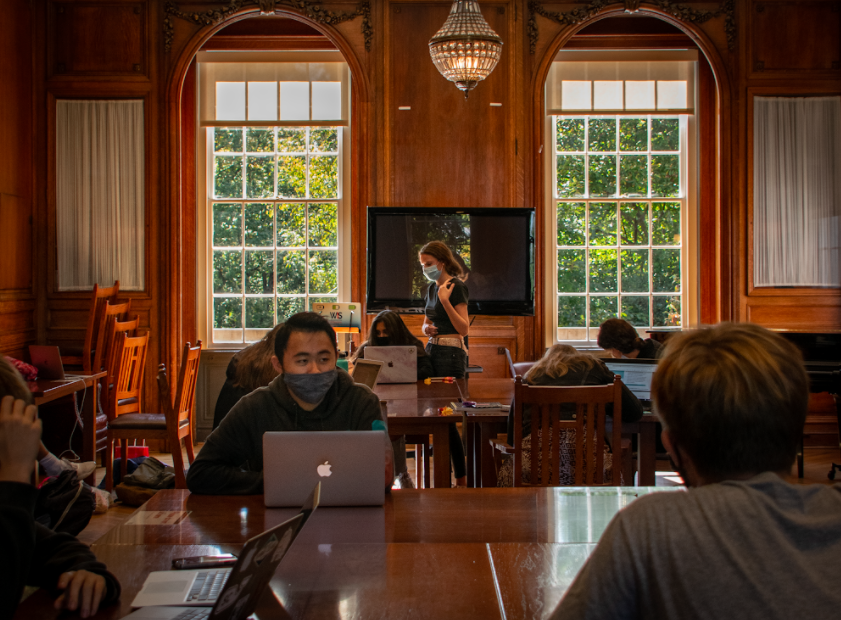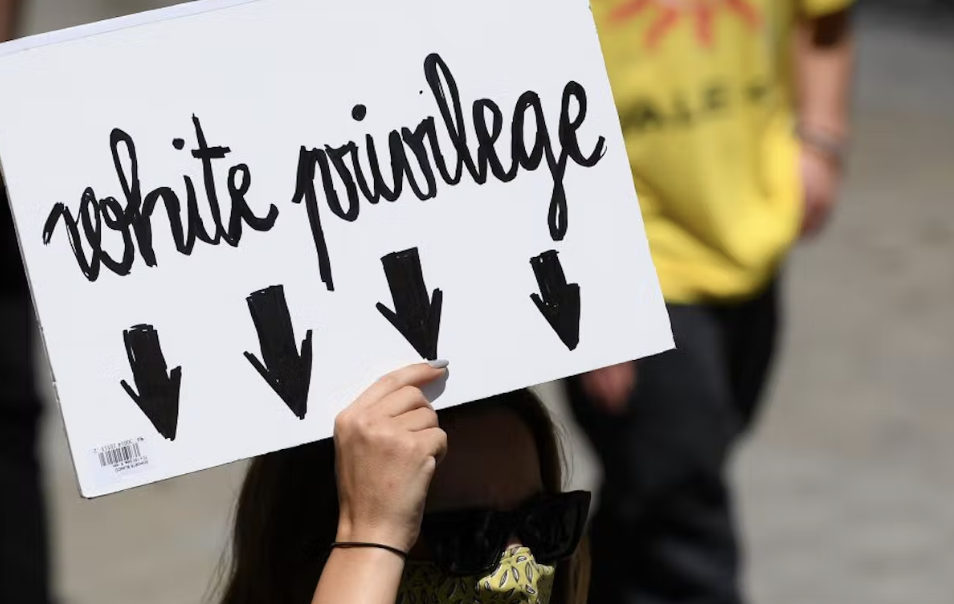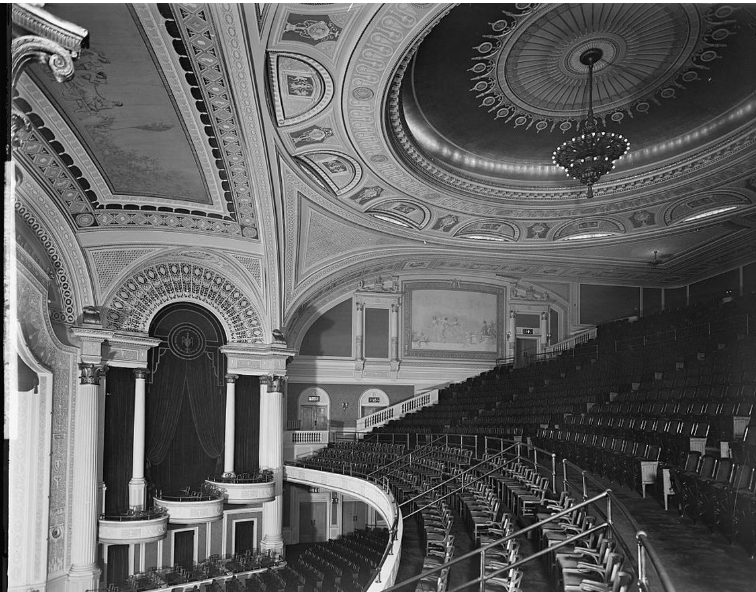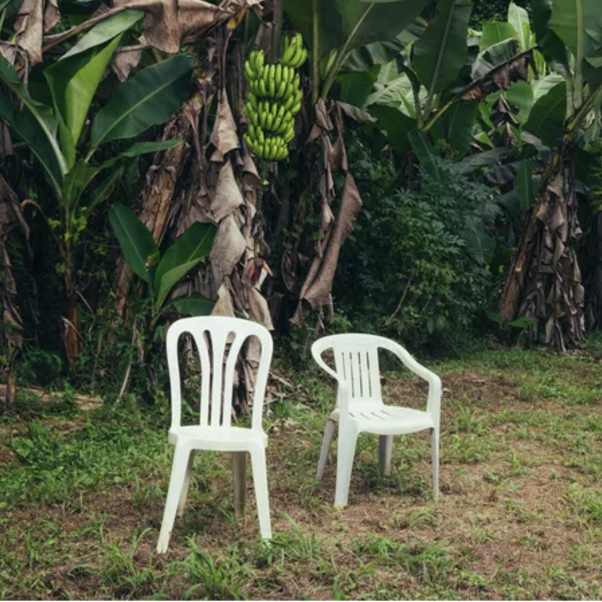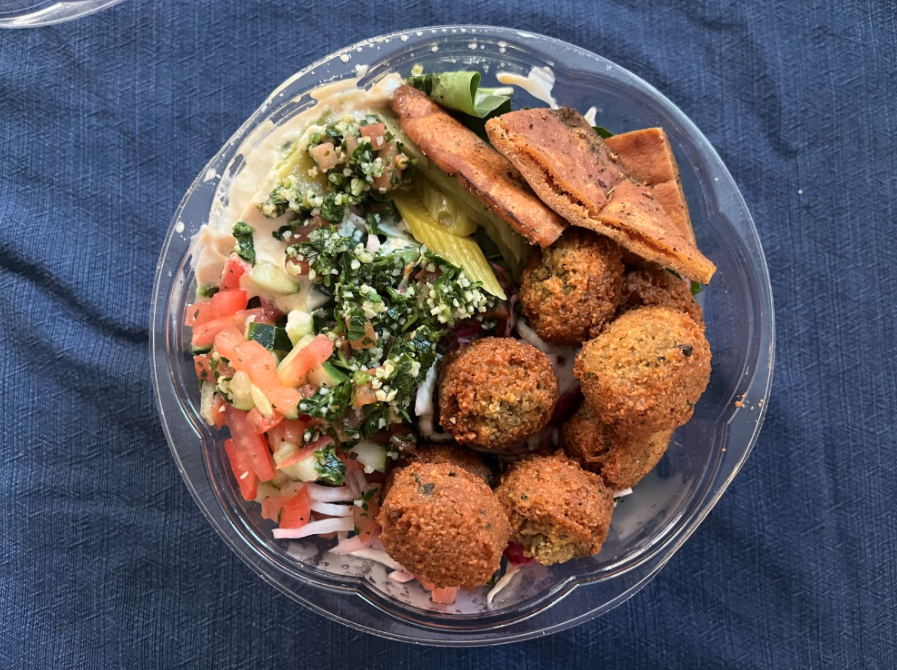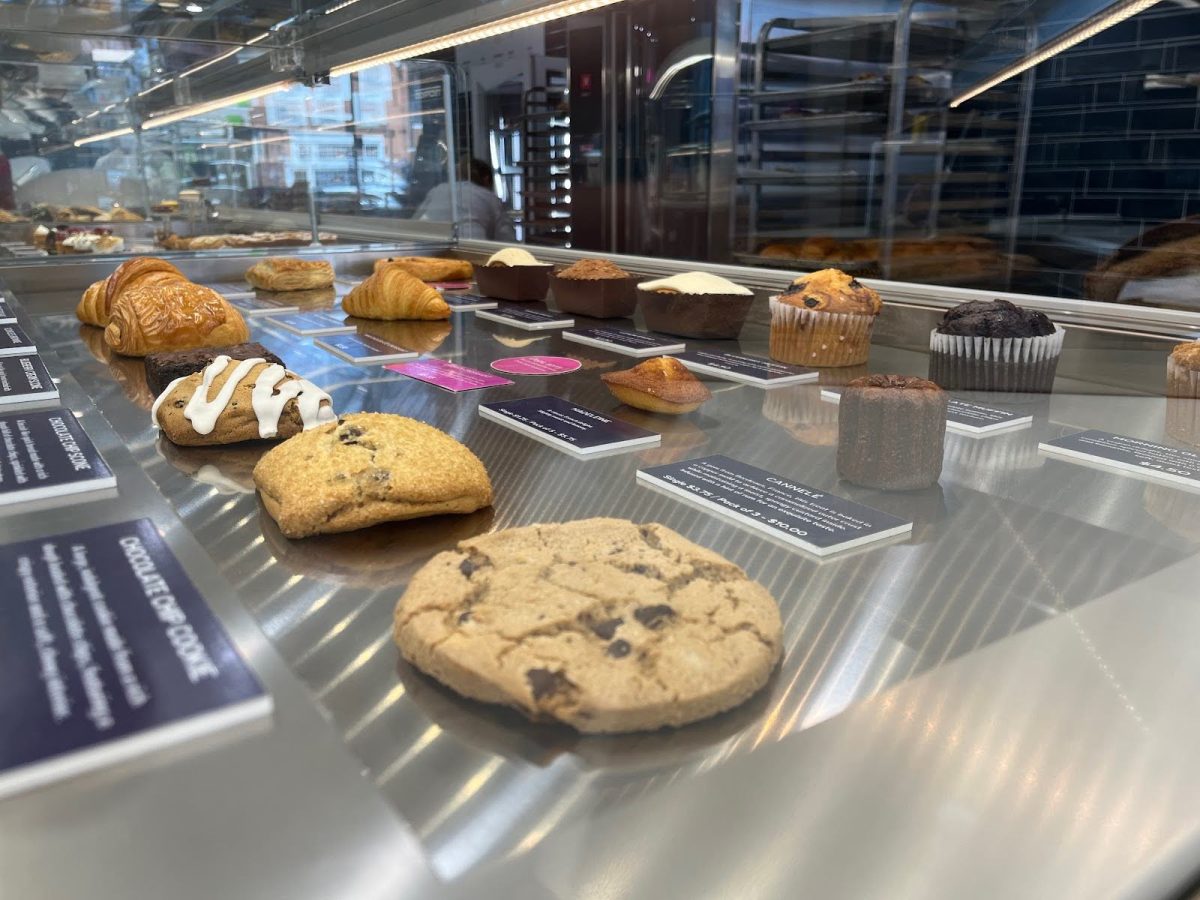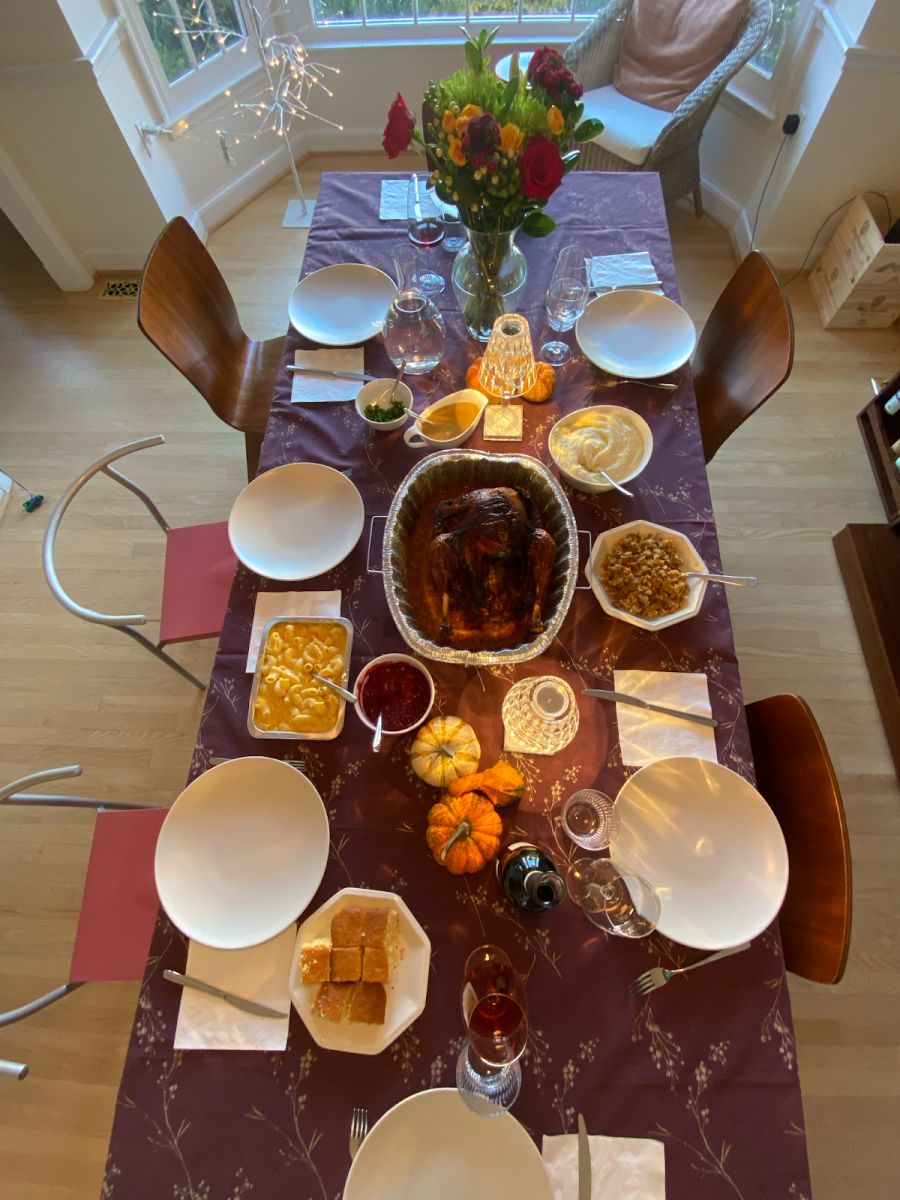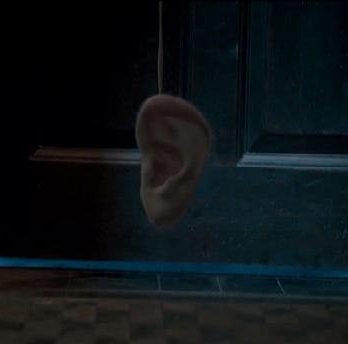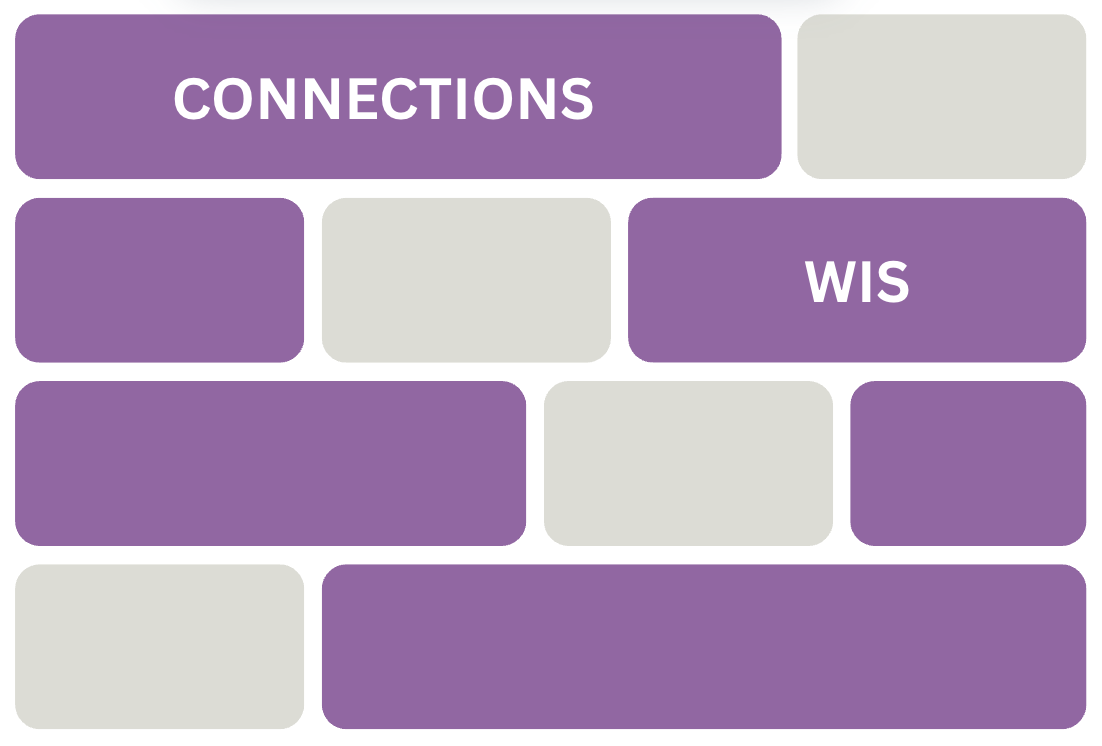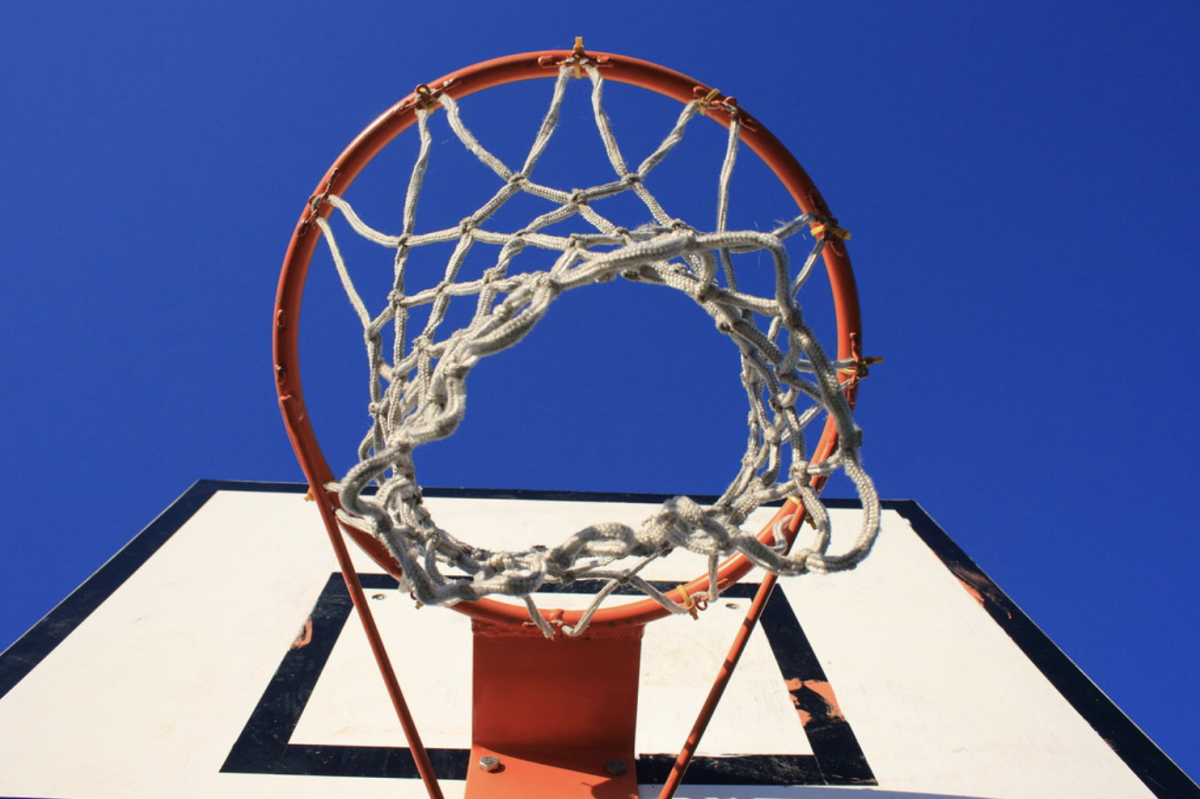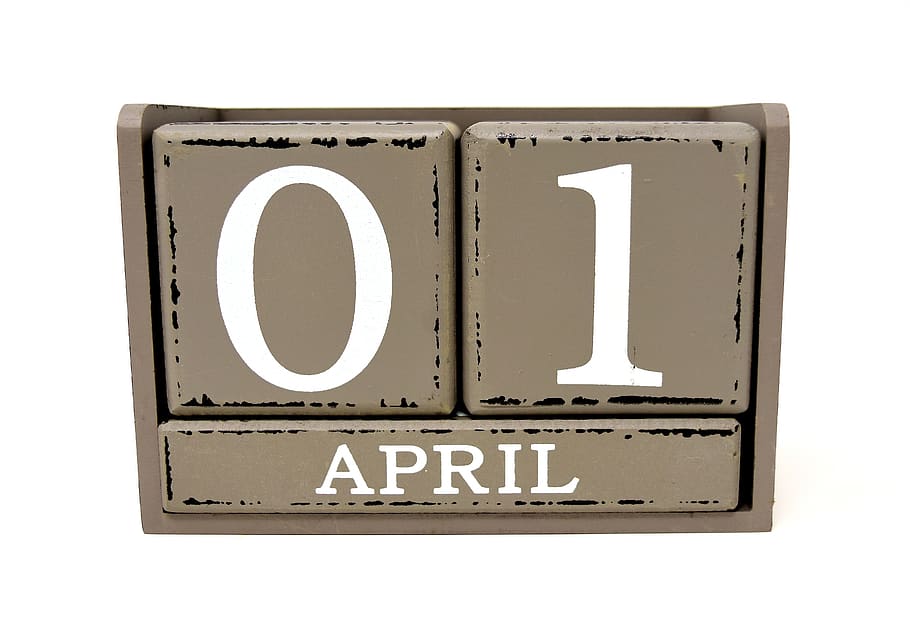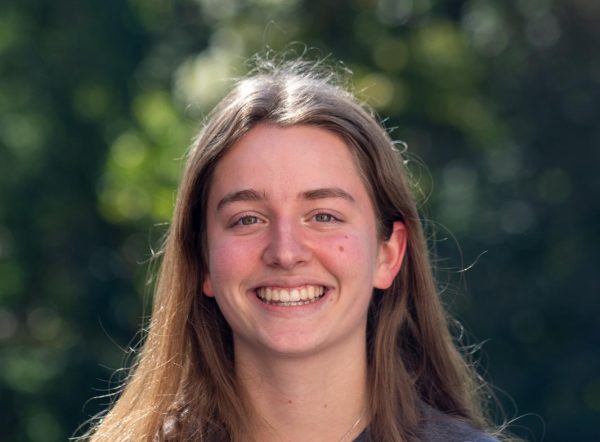On April 5, the WIS Science Olympiad team competed in the 2025 District of Columbia Science Olympiad State Tournament (Division C) at BASIS Charter School. The team consists of co-captains junior Cecilia Howton and junior Bryn Soven as well as junior Alexander Novikov and sophomore Chiara Venturi.
At the tournament, they participated in nine events where they medaled in almost all of them. They placed first place in Air Trajectory, Entomology and Astronomy. They then placed second place in Disease Detectives, third place in Ecology and Chemistry Lab and did not medal in Microbe Mission and Write it Do it.
Science Olympiad is a series of science-related events. The categories of events include chemistry, biology or physics.
“Some of the events are build events, which are less popular because they take more time to prepare for,” Soven said. “Tests are easier to prepare for because you are allowed to bring in a cheat sheet.”
To prepare for the competition, the team had to decide which events they would participate in so that the organizer could create schedules for them. Then, they spent one to two weeks preparing for their actual events.
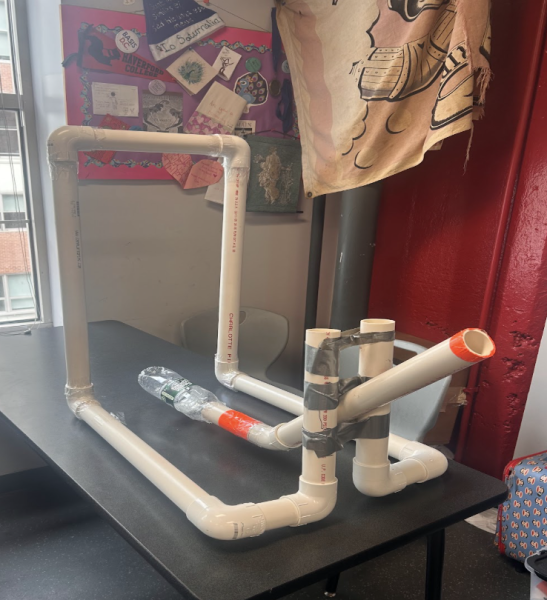
Soven helped compete in the Air Trajectory competition, where she had to build an air pressure cannon that had to be fired from a meter away and needed to involve gravitational potential energy (GPE).
“Our cannon involved dropping a heavy book, tied to a string that we let go of, onto a Deer Park water bottle,” Soven said. We aimed it with pillars and tried to calibrate it the night before, but it was honestly such a defunct piece of PVC and boxing tape that you kind of just had to get lucky.”
While some teams like to build their projects over time, the WIS team chose to complete it in one go.
“It was about a seven-hour process, but we were pretty efficient by the time we had gathered all of our materials,” Soven said.
While they did complete their project in time, they admitted that it was not a conventional way to prepare for the competition.
“Most people don’t build the air trajectory cannon the night before,” Soven said.
Not only did the team compete in building events, but they also took some tests. One of these was the chemistry lab, which consisted of a test and a lab. Soven was a substitute for another member, so she completed the lab.
“I followed the directions of the lab and then answered a few questions after,” Soven said.
Novikov then took the test, which was mainly a series of stoichiometry questions.
Soven and Venturi also participated in the anatomy and physiology and ecology, Venturi doing particularly well in these. Ecology had a lot of environmental questions, but anatomy was more difficult because of its popularity and steep competition.
“Anatomy has been consistently brutal both times I’ve done it,” Soven said.
The competition schedule also allows teams to get closer, as students get rooms where they can prepare, play cards and connect before their events.
“You really bond with your team, especially if your team is as small as ours is,” Soven said.
Because tests can also be done together, the usual stress of taking a test is smaller.
“Taking a test together is completely different than anything in school,” Soven said. “If you’re doing well, you feel great. If not, at least you’re not alone.”
The experience was very fun and enriching for all team members. They were able to push themselves, improve and have a great time.
“I would totally recommend it,” Soven said. “It was a lot of fun to collect medals in front of all of these schools with 30 plus member teams as a four-person team.”
By Cate Taylor

